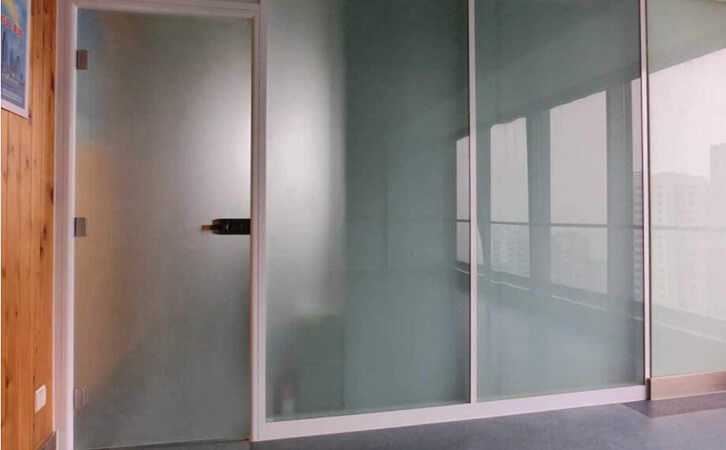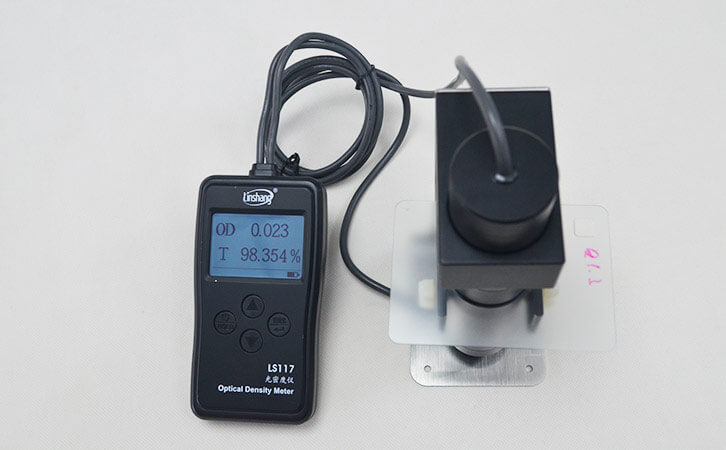Characteristics of Frosted Glass and Transmittance Test Method
In daily life, we often see frosted materials, such as office, bathroom and window glass in our home. Frosted glass can transmitt the light but it is not transparent, which protects the privacy of people indoors. However, what are the characteristics of frosted glass and how to measure the transmittance of frosted glass, everyone may not know much.
Frosted glass, also known as dark glass, is made of ordinary flat glass by mechanical sandblasting, manual grinding (such as corundum grinding) or chemical treatment (such as hydrofluoric acid erosion) to treat the surface into rough and uneven translucent glass. Today what we introduced is the LS117 optical density meter, an instrument that can measure the transmittance of frosted glass.
1. The characteristics of frosted glass
The characteristics of frosted glass are the decisive factors for the method of measuring the transmittance of frosted glass.
The surface of the frosted glass is rough. After the light is reflected through the frosted glass, it will shoot out in all directions. Even if the light is diffusely reflected, it will be refracted to the retina, so there is no way to see the object behind the glass.

Frosted glass diffusely reflects the transmitted light, giving it the advantage of light transmission without perspective. It does not affect indoor lighting and protects the privacy of indoor people. Therefore, it is widely used in office places, Bathroom and family room doors and windows.
2. Frosted glass transmittance test method
Unlike transparent glass, after a beam of light passes through frosted glass, the light will be emitted in all directions, resulting in the receiver of the regular transmission principle cannot completely receive the transmitted light intensity. This is why the transmittance data will be much smaller when using optical density meter of regular transmission principle. Then most of the optical density meters on the market are based on the principle of regular transmission.
There are three ways to measure the transmittance of frosted glass. One is a spectrometer with an integrating sphere function. The other is a haze meter. However, the above two types are costly. The testing and carrying are not convenient. Today we introduce the third type, the portable optical density meter based on the principle of diffuse transmission. The LS117 optical density meter adopt the diffuse transmission principle.
This LS117 optical density meter adopts the principle of diffuse transmission. The opalescent glass of the receiver collects the transmitted light intensity and performs multiple high-intensity reflections, so that the light is evenly transmitted to the receiver. The instrument is small and easy to carry.
- Linshang Insulated Glass Unit Measuring Tools
- Spectacle lens anti-blue light detection---blue-violet light transmittance meter
- Measurement of Optical Density
- Difference of LS116 Transmission & LS117 OD Meter
- Difference between LS116 and LS117 Light Transmittance Meter
- What’s the Difference Between Point Light and Parallel Light Transmittance Meter
